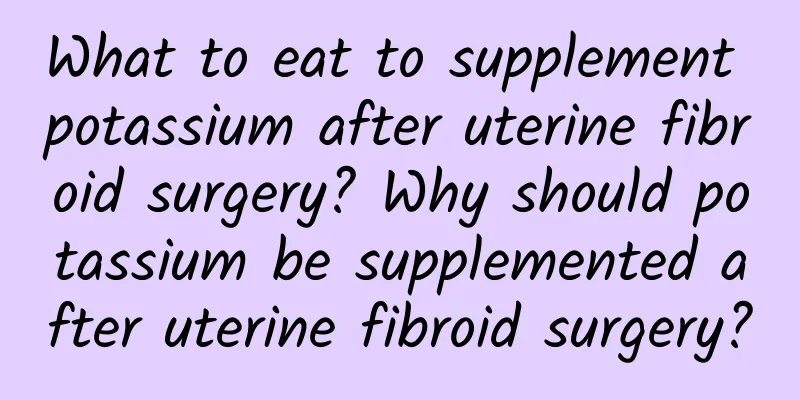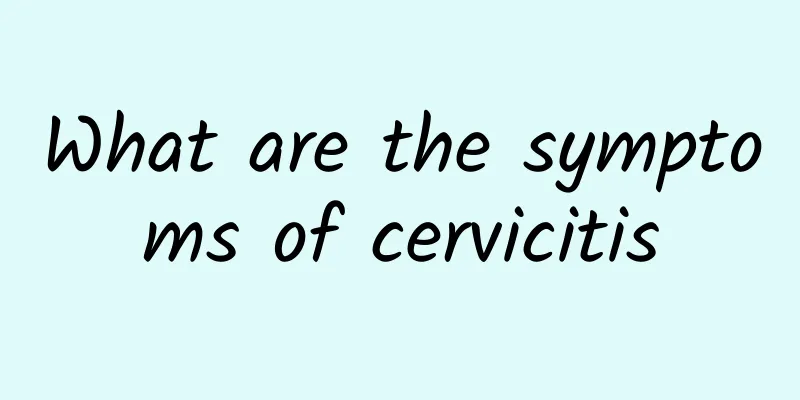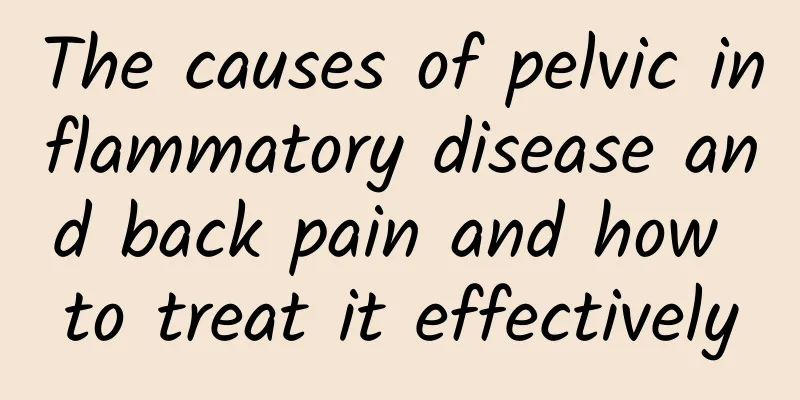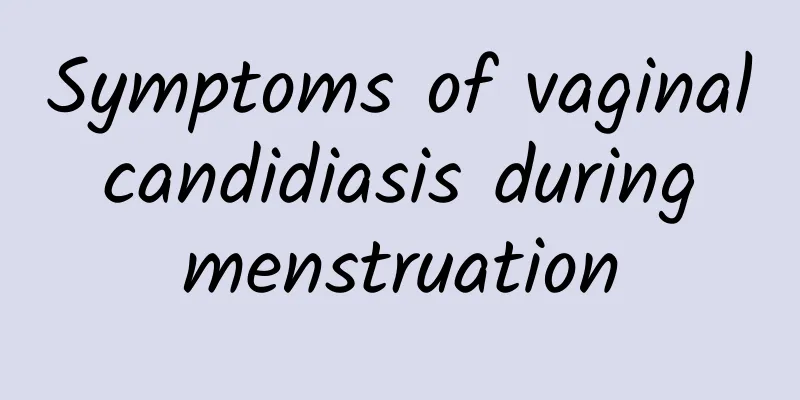Why Polycystic Ovary Syndrome
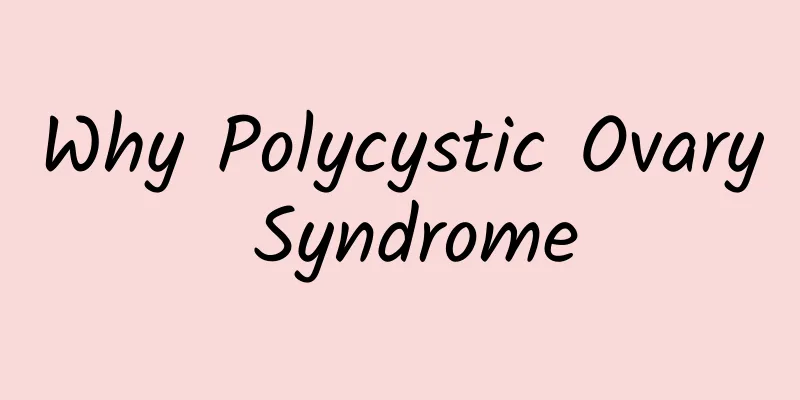
|
Polycystic ovary syndrome is a common disease caused by complex endocrine and metabolic abnormalities in women of childbearing age. There may be many follicles in polycystic ovary syndrome, but each follicle is relatively small and usually difficult to mature. A typical B-ultrasound usually shows more than 12 echo-free areas with a diameter of 2 to 9 mm on one or both sides of the ovary, arranged in a wheel shape around the edge of the ovary. Normal mature follicles are about 20 mm, while there may be more than ten follicles in polycystic ovary syndrome, each of which may be only a few millimeters or more than ten millimeters, and they will generally atrophy if they do not exceed 15 mm. Symptoms of Polycystic Ovarian Syndrome During a gynecological B-ultrasound examination, multiple immature follicles can be found in the ovaries. Growth hormone measurements will show that the level of luteinizing hormone is higher than that of follicle-stimulating hormone, indicating a disorder of hormone secretion. If a woman wishes to become pregnant, she must first undergo a comprehensive treatment approach, including controlling her diet, exercising, and taking medication, to regularize her menstrual cycle and allow her ovaries to ovulate normally. Polycystic ovary syndrome is a disease caused by endocrine disorders, which is usually manifested by symptoms such as menstrual disorders, prolonged cycles, scanty menstruation, amenorrhea, infertility, hirsutism, obesity, hyperandrogenism, and insulin resistance. After sexual intercourse during the ovulation period, the egg and sperm can combine to develop into a fertilized egg, which is then transplanted into the uterine cavity for implantation, growth, and development, so that women can become pregnant normally. How to treat polycystic ovarian syndrome The treatment of PCOS is mainly based on the characteristics of the patient's lesions and her requirements. First of all, we need to adjust our lifestyle, which mainly refers to controlling weight and increasing physical exercise. We need to adjust the structure of our diet. Proper exercise is very helpful for the treatment of PCOS. If the weight can be reduced by 10%, it will have a very significant clinical significance for promoting ovulation. The second point is to adjust the menstrual cycle. Oral contraceptives or progesterone can be used. The second half helps to adjust the menstrual cycle, correct the high androgen in the body, and improve the clinical manifestations of high androgen. In addition, women who have fertility requirements can undergo ovulation induction treatment. Commonly used drugs include clomiphene, letrozole and gonadotropin. |
<<: How to treat right ovarian polycystic changes
>>: Can I get pregnant with bilateral polycystic ovaries?
Recommend
How to effectively prevent vaginitis in women during menstruation
The menstrual period is a favorable time for vagi...
Can thick endometrium cause fetal malformation?
Thick endometrium generally does not directly lea...
How to diagnose congenital absence of vagina?
How to diagnose congenital absence of vagina? Thi...
Comparison of medical and painless abortion methods
Do you know about medication and painless abortio...
What is the reason for not having menstruation for one and a half months?
What is the reason for not having menstruation fo...
How long does it take for ibuprofen to work for dysmenorrhea
Ibuprofen is an effective drug for relieving dysm...
How to care for women with pelvic peritonitis
Experts point out that if a woman has pelvic peri...
How long does it take for cervical hypertrophy to be caused?
The time it takes for cervical hypertrophy to dev...
What is ovulation bleeding?
Many female friends have experienced this situati...
What should women do if they suffer from chronic cervicitis during pregnancy? 3 common methods of treating cervicitis during pregnancy
Pregnant women suffering from chronic cervicitis ...
Dietary taboos for chocolate cysts
Patients with chocolate cysts should keep a calm ...
Postoperative care for uterine effusion
Uterine effusion is a very common gynecological d...
Treatment of cervical hypertrophy
Treatments for cervical hypertrophy mainly includ...
How long does it take to get rid of the abortion pill?
Oral abortion pills generally take 3 to 4 days to...
Why does intrauterine adhesion occur after abortion?
Excessive suction and curettage during abortion c...
